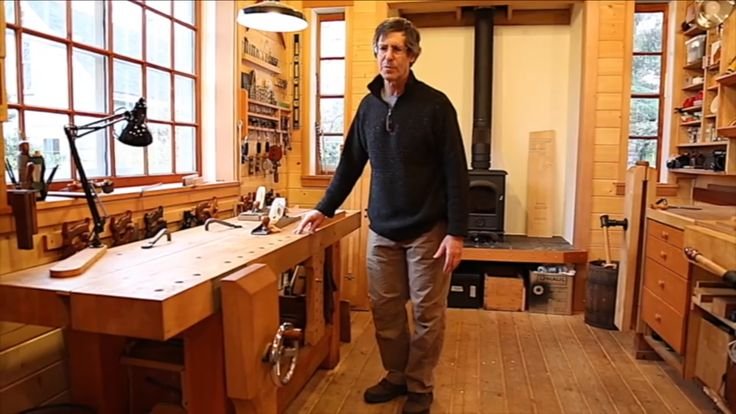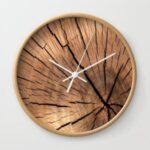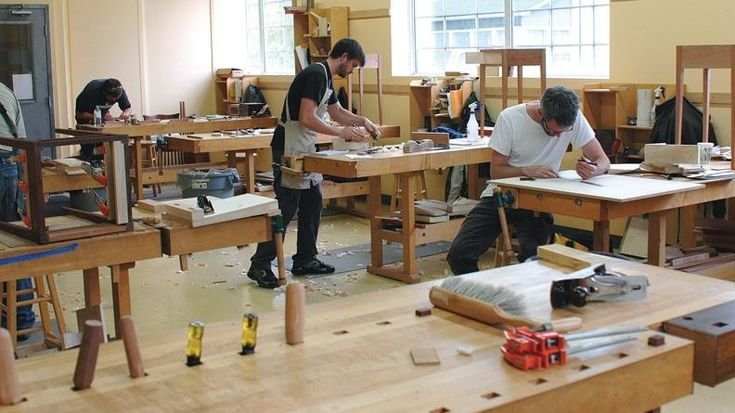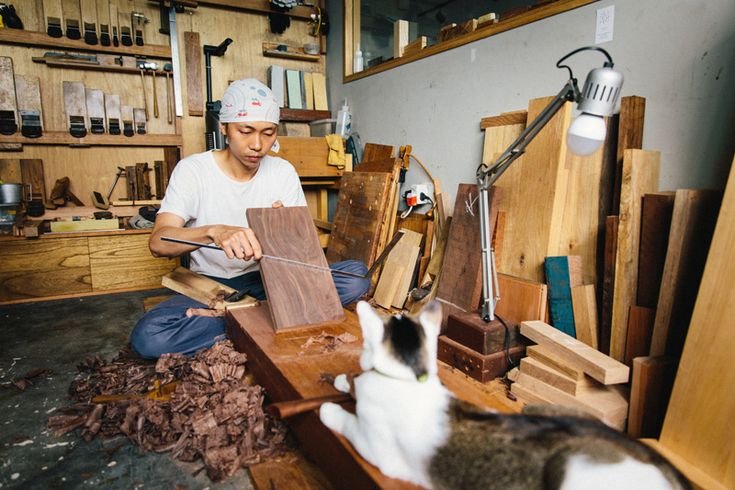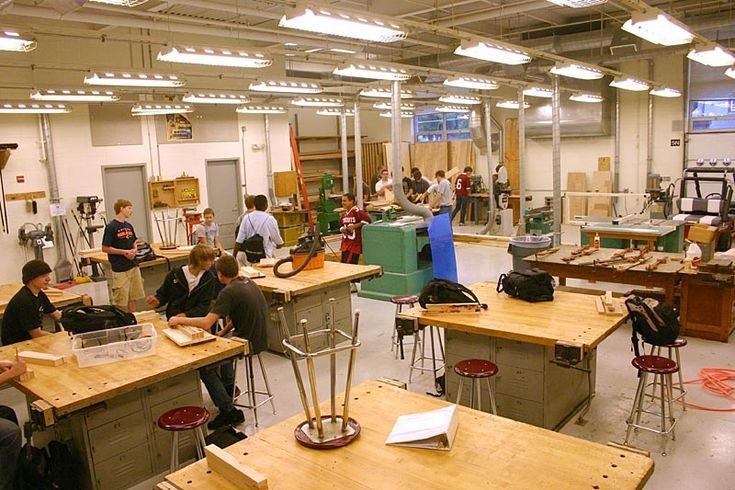Chewing Issues and Wooden Woes
You know, there’s something about having a puppy that just melts you. They’re adorable, right? Big floppy ears, wagging tails, and those little yips that make your heart do a happy dance. But, my goodness, the chewing. Oh, the chewing! Let me tell you about my encounter with our little furball, Benny—because boy, did he give our woodwork a run for its money.
When we first brought Benny home, I thought I’d prepared for everything. I bought a few chew toys—those rubbery things that squeak and smell like, well, rubber. I even got him a nice plushie with that fabric that feels like a dream when you rub it between your fingers. But here’s the kicker: I totally underestimated the appeal of my beautiful, ornate handrails and that gorgeous molding around our living room. Let’s just say, Benny had other plans.
The Setup
It started innocuously enough. I’d just gotten off work, a hot cup of coffee in hand, when I heard this low, gnawing sound coming from the living room. At first, I was like, “Oh, he’s just playing with his toys.” But then the sounds shifted, and I started hearing little splinters flying around. I set my coffee down hastily, actually puzzled as to what was going on. When I rounded the corner, my heart sank: there was Benny, happily munching away at the corner of the beautiful oak banister I had lovingly sanded and stained just a few weeks earlier.
I swear, I almost gave up right then and there. I mean, who has time to be fixing woodwork when you’re just trying to enjoy your coffee without worrying about getting up every five minutes? But the sight of him, that little rascal with those big brown eyes staring back at me like, “What? This is a new chew toy!” It almost made me laugh… almost.
The Realization
So, after that, I did what any rational homeowner would do: I rushed to the hardware store to find something, anything, that could stop the puppy madness. I waded through the aisles of my local lumber yard, seeking wisdom from these husky guys in flannel shirts who definitely know the smell of old wood by heart. I started throwing around terms like “dog repellent spray” or “bitter apple,” trying to speak their language, and of course, they looked at me like I was the new kid in class.
Finally, I settled on a bottle of that bitter apple spray. I figured, hey, if I could get him to associate the taste with that gorgeous wood, maybe he’d think twice before chomping down again. But I made another rookie mistake—I didn’t really test it first. So back I went, armed with knowledge and, let’s face it, a bit of desperation.
The Application (and the Mess)
I got home, practically pumped to get this done. Outside it smelled like freshly cut grass, and I started to feel like a pioneer, heading into my own little war against chewing. I got the spray, and let me tell you, I should have read the instructions a bit better. I accidentally saturated the poor banister, and it dripped everywhere. The smell? Ugh, it was horrid. Like that time my cousin brought those weird artisanal pickles to a family cookout—a pungent mix of bitterness that was overwhelming.
But I plowed through the mess, cleaning up as best I could. And I felt pretty good about myself. Benny wouldn’t dare go anywhere near that banister again! Or so I thought.
Learning from Mistakes
Let’s just say that training this pup wasn’t as easy as I thought. The first few days after applying that bitter apple, I’d see Benny approach the banister with that typical wobble all pups have when they’re about to pounce on something interesting. My heart would race, and I’d be there, holding my breath—only for him to sniff and promptly turn away. “Yes!” I thought, feeling like the king of the world. But then…uh-oh. He’d immediately just switch gears and start attacking the corner of my fancy wooden table instead.
If I could’ve kicked myself at that moment, I would have. I didn’t even consider the idea that he’d pivot to marking his territory elsewhere. Lesson learned, I guess.
Finding the Balance
After more trial-and-error, I finally got smart about the whole situation. I bought a few more toys, but this time, I got these toys that were more than just rubber—they had ropes, chewy parts, all that jazz. I started playing with him more, providing that constant interaction he clearly craved. And slowly, the gnawing decreased. I even found myself laughing one day because it was like he finally “got it.” He picked up one of those fluffy toys, the ones that don’t leave splinters on your hardwood floors, and would go to town.
And to think, all it took was a little patience and a stack of brightly colored toys that looked and smelled infinitely better than my woodwork.
Takeaway
So, if you’re out there battling your own puppy and those claws of chaos, just know it gets better. We’re all learning here, and it’s okay to mess up—believe me, I’ve been there. Just keep trying different things, take a breather when you need it, and don’t forget to enjoy those little victories, whether it’s your woodwork surviving another day or just an extra wagging tail when you come home. If you’re thinking about trying to save your woodwork from your pup’s voracious chewing, just go for it. I wish someone had told me this earlier: it’s all part of the journey.

